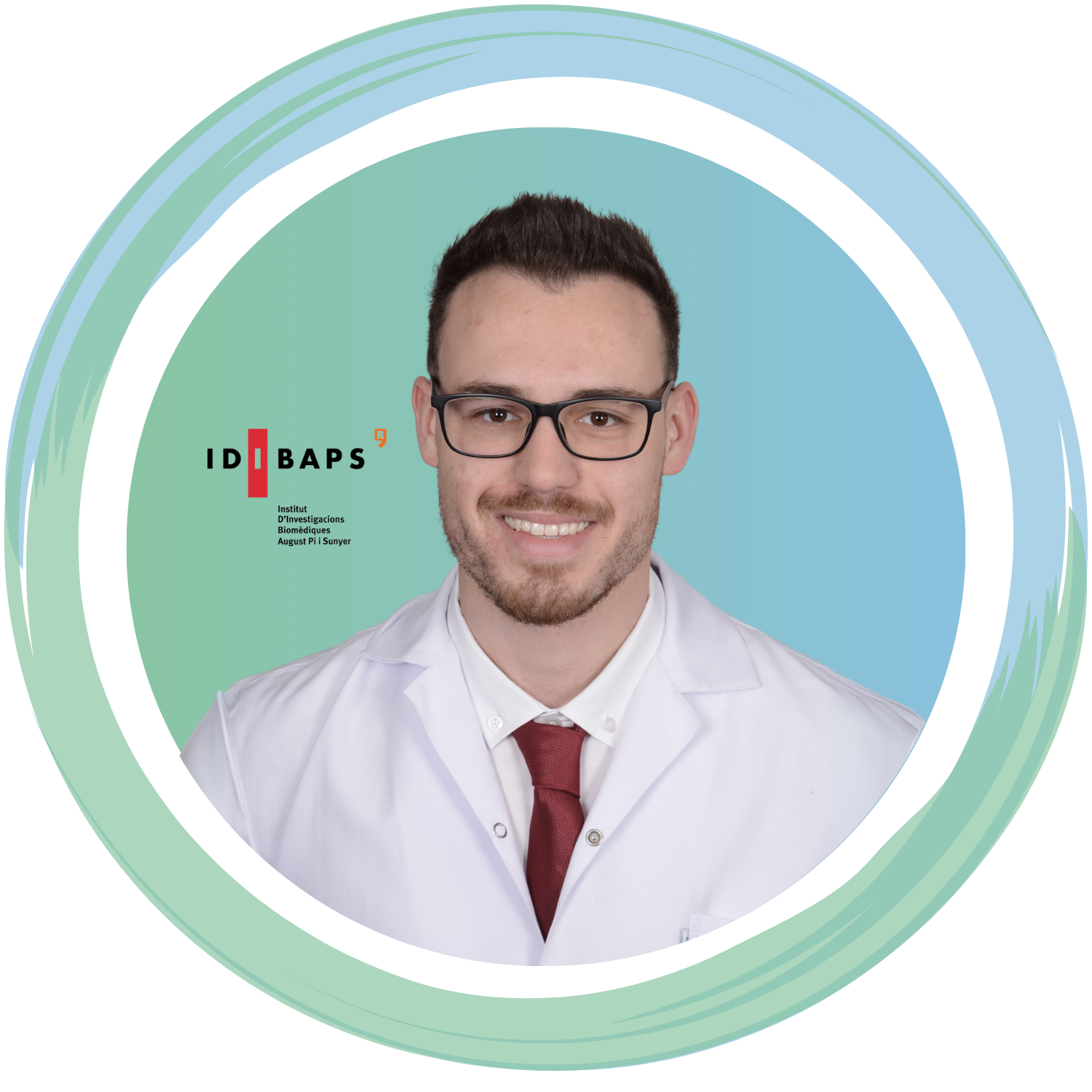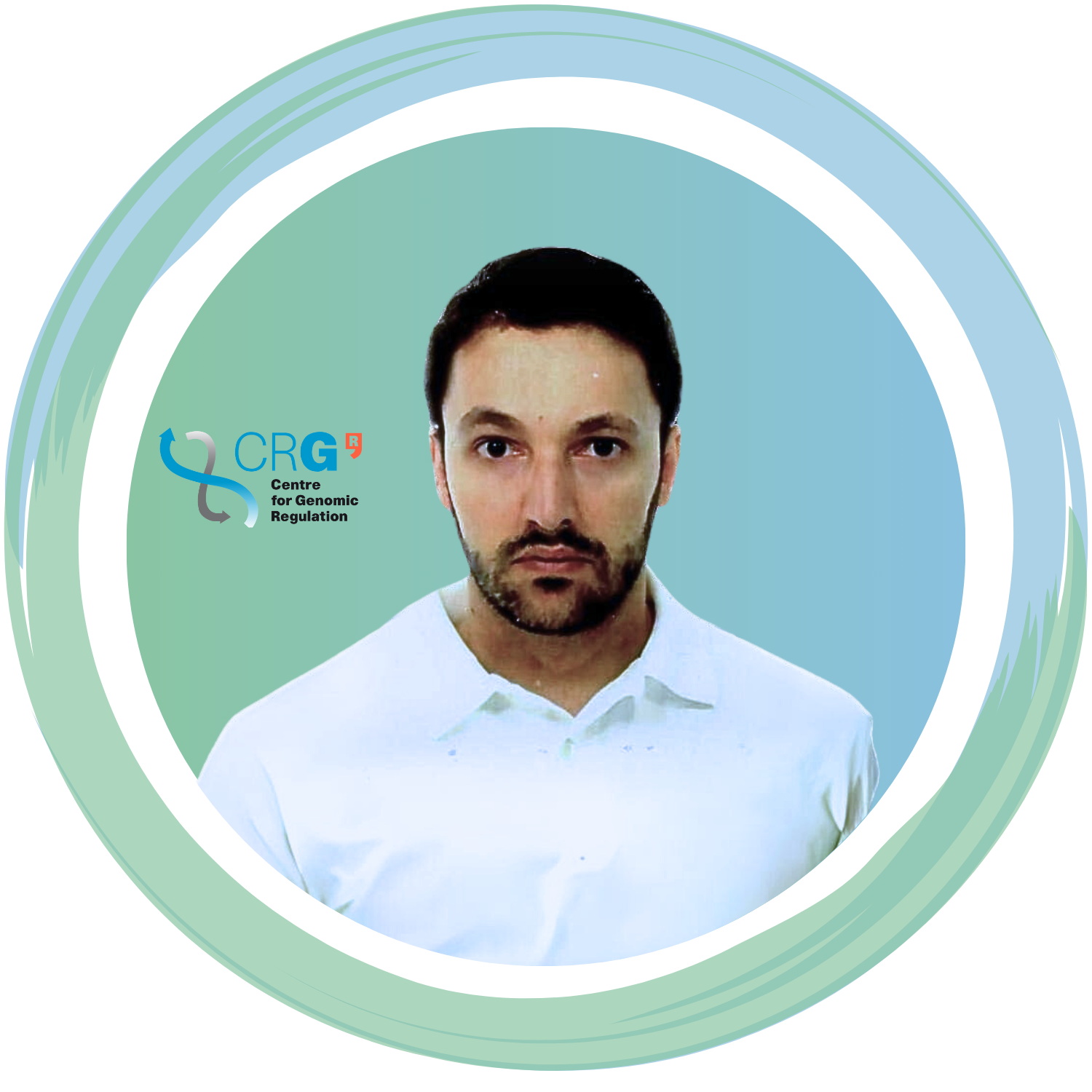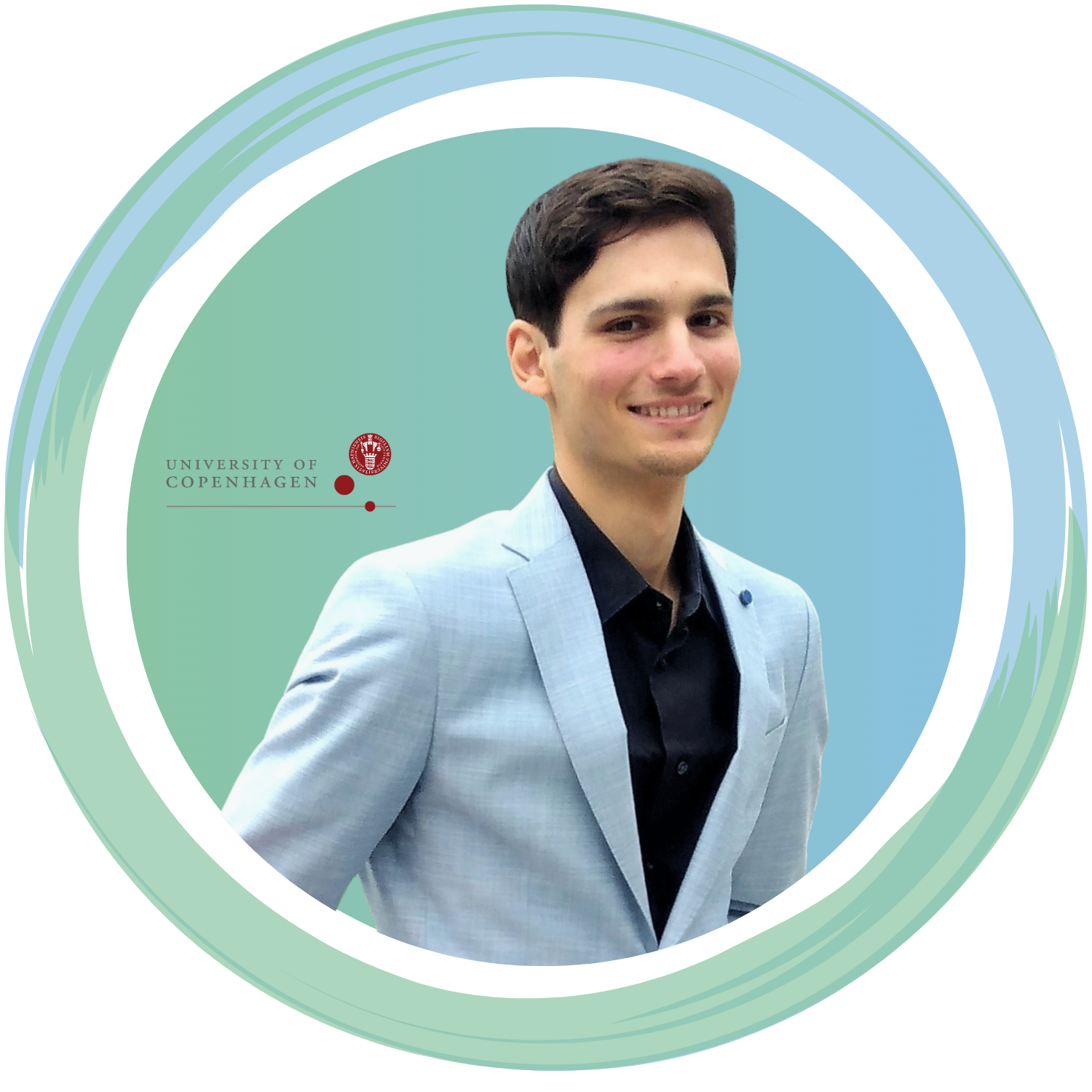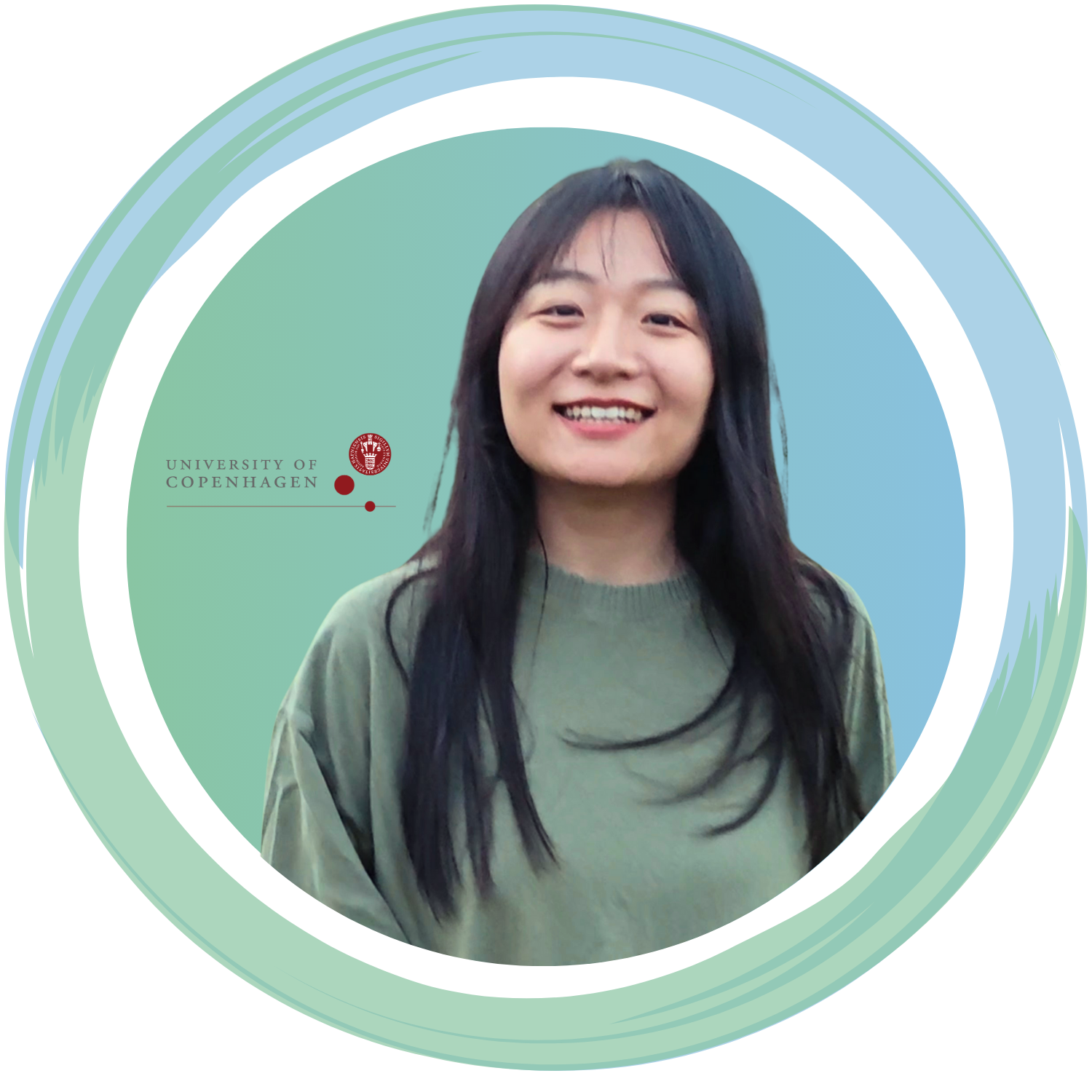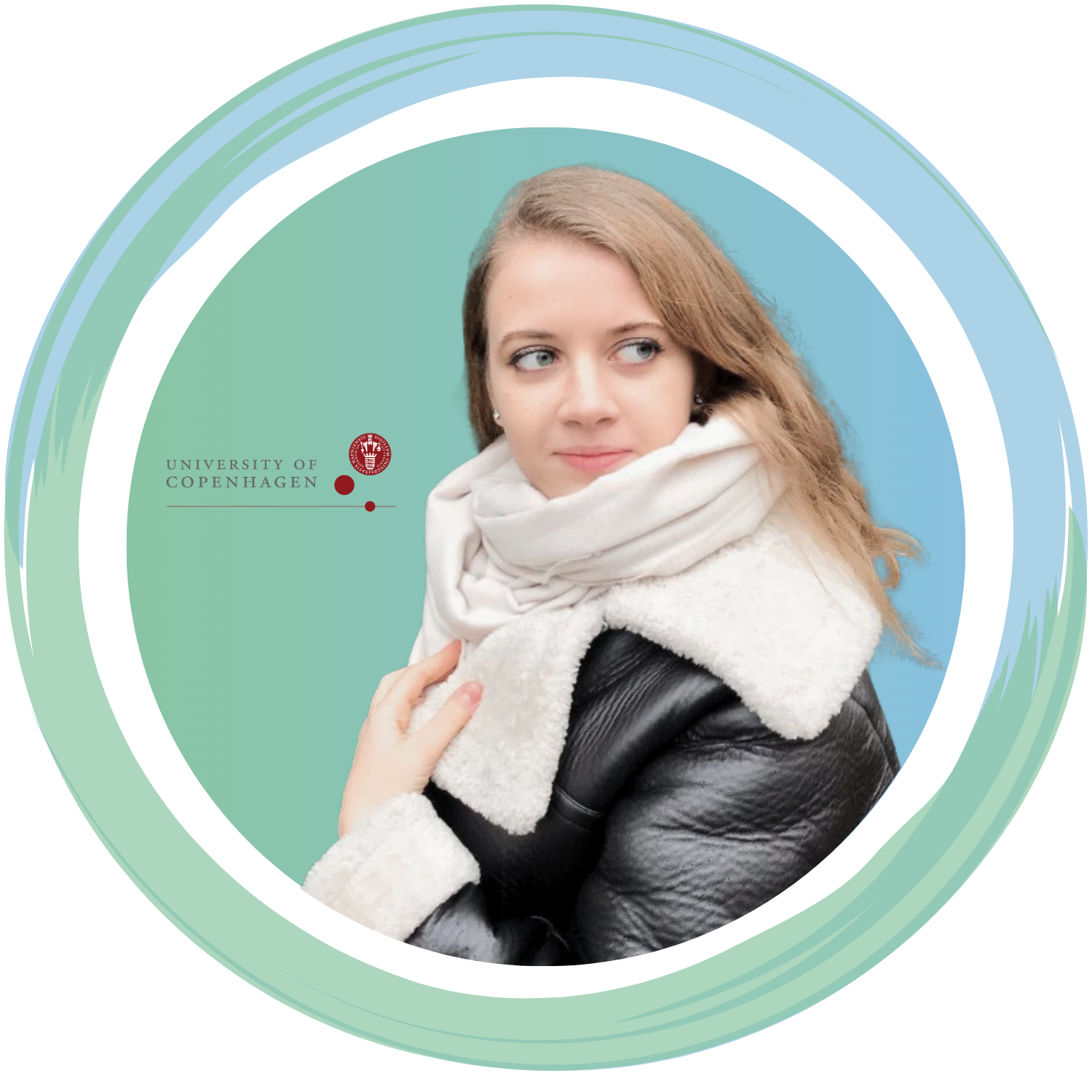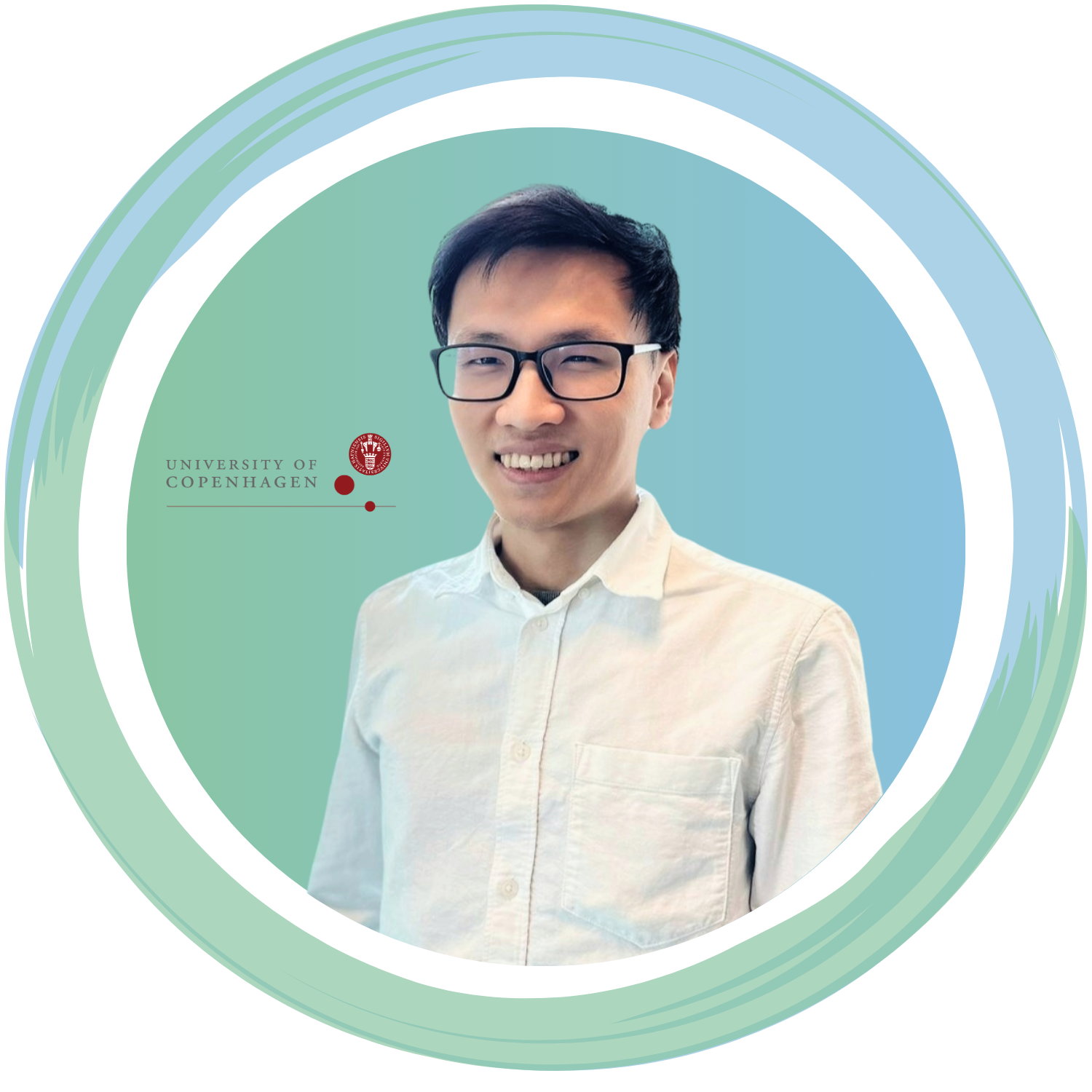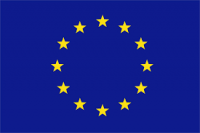The lab: Beekman group
Lab's research themes
How do malignant cells arise in healthy individuals? Our group aims to shed light upon this question by creating a better understanding of early epigenetic events that contribute to tumorigenesis.
Every tumor originates from a normal cell that, at a given moment, acquires tumor-initiating genetic events, such as translocations and somatic mutations affecting key proto-oncogenes or tumor suppressor genes. These genetic hits turn normal cells into pre-malignant cells, but do not lead to immediate tumor formation. For that, secondary genetic events as well as epigenetic hits, also known as epimutations, are required. In our group we aim to create a better understanding of how epimutations arise and how they contribute to tumorigenesis. We will do this in the context of non-Hodgkin lymphomas, such as mantle cell lymphoma, follicular lymphoma, diffuse large B-cell lymphoma and Burkitt lymphoma.
Fuelled by the advent of single-cell technologies, it is becoming increasingly clear that individual cells in seemingly homogeneous cell populations show cell-to-cell variation in their genetic, epigenetic and gene expression landscapes. We aim to study the heterogeneity of oncogenic events in healthy individuals as well as in pre-malignant cells in vitro (to be created by CRISPR/Cas9 genomic editing) and in vivo using cutting-edge single-cell technologies. On top of that, we aim to define cell intrinsic mechanisms, such as enhancer activation and 3D chromatin interactions, that influence the observed heterogeneity. Altogether, we aim to create new insights into the source of epimutations with the ultimate goal to create a better understanding of the complex process of tumor formation.
Merits of the lab
Our group's work falls into 2 main research lines: 1. Single-cell epigenomics of lymphomagenesis 2. Three-dimensional chromatin structure during early lymphomagenesis
1. Single-cell Epigenomics of Lymphomagenesis: This research line delves into the epigenetic characterization of lymphoid malignancies, focusing on mantle cell lymphoma (MCL) and chronic lymphocytic leukemia (CLL). The foundational studies (Queirós A & Beekman R & Vilarrasa-Blasi R et al, Cancer Cell 2016; Beekman R et al, Nature Medicine 2018; Duran-Ferrer M et al, bioRxiv 2020) have set the stage for exploring critical, yet unaddressed questions in lymphoma biology: the sequence of genetic and epigenetic events during early lymphoma formation and the role of epigenetic mosaicism in healthy individuals as a potential factor in lymphomagenesis. By employing single-cell analysis to study the transition from normal lymphocytes to lymphoma cells, this research aims to identify and characterize the pre-malignant stages of MCL, offering insights into the epigenetic drivers of lymphoma.
Three-dimensional Chromatin Structure during Early Lymphomagenesis
This line of research extends the investigation into the three-dimensional (3D) chromatin structure alterations in normal and malignant B cells, with a history of detailed analyses at both genome-wide and specific loci levels (Puente XS et al, Nature 2015; Queirós A & Beekman R & Vilarrasa-Blasi R et al, Cancer Cell 2016; Beekman R et al, Curr Opin Hematol 2018; Vilarrasa-Blasi R & Soler-Vila P et al, bioRxiv 2019). The focus is on understanding how 3D chromatin structure changes contribute to tumor onset and early lymphomagenesis. Key questions include the impact of oncogenic translocations on epigenetic heterogeneity and interchromosomal crosstalk in pre-malignant cells, and whether these alterations lead to epimutations that drive tumor formation. Through the study of genetically engineered lymphocytes with lymphoma-associated translocations, this research aims to uncover the role of 3D chromatin structure in the early stages of lymphoma development.
These research lines collectively aim to unravel the complex interplay between genetic and epigenetic factors in the genesis and progression of lymphoid malignancies, leveraging cutting-edge single-cell and 3D chromatin structure analyses to illuminate the early stages of lymphoma formation.
Why do we train medical doctors in our team?
Renée, group leader of the group is a physician-scientist herself, and an example of how medical doctors who have a strong training in research and technology can apply them to tackle clinically relevant questions.

The position
Meet Leone!
Biosketch
Leone was born in 1993 in Rome. During his medical studies at the University “La Sapienza” (Rome), he started being passionate about physiology and pathology. Therefore, after completing the MD, he decided to give a boost to his scientific aspirations by completing a second-level Master’s in Stem Cells and Genome Editing and, subsequently, moving to Barcelona to join Renée Beekman’s lab at the Center for Genomic Regulation. Throughout his scientific career, Leone has developed an interest in cellular heterogeneity and tumor transformation. In the Beekman lab, he is studying the spectrum that exists between the two extreme conditions of healthy and tumor, to shed light on the key genetic and epigenetic events that drive malignancy. Besides science, Leone is passionate about music and sports, which play an important role in his everyday life. He plays guitar and piano (otamatone on the way) and is a football trainer for a beginner futsal team in Barcelona.
University awarding the PhD
Leone is currently enrolled at the Pompeu Fabra University in the PhD in Biomedicine programme, and the local CRG’s International PhD Programme.
I decided to become a physician because…
I have always been interested in understanding how the human body works in physiological and pathological conditions. Moreover, during my high school years I got to know some physicians and I had the chance to appreciate their job. I thought I could mix these two feelings by being an MD.
But also, I wanted to become a scientist because…
I felt an urge to develop my scientific side. During university, I realized that what stimulated me the most was knowing the molecular biology behind healthy processes and their aberration in disease. For this reason, I decided to embark on a different path compared to most of my colleagues and chose the lab over the hospital ward.
What I am working on?
In the project I am developing in Beekman Lab, I am working on understanding the early events and the accumulative pattern of alterations that drive tumorigenesis in Mantle Cell Lymphoma (MCL), a very aggressive type of Non-Hodgkin lymphoma. This tumor’s development and progression cannot be fully explained by genetic driver mutations that have already been described; moreover, the chain of events that leads to the transformation of a normal lymphocyte into a lymphoma cell is yet to be completely identified. In my study, I will try to uncover the genetic, epigenetic, and downstream transcriptomic events, typical for fully developed lymphoma cells, that occur in the early pre-malignant stages of lymphomagenesis. I will use single-cell techniques to analyze lowly infiltrated bone marrow from patients with MCL, with the final goal of creating a better understanding of the early steps of tumor formation and reconstructing an epigenetic evolutionary tree of tumor progression.
Why is this important to me as a medical doctor?
Increasing the knowledge about tumorigenesis is of great importance both from a biological and clinical point of view. Unraveling the leading causes of lymphoma formation and the main molecular pathways involved could help the discovery of new prognostic markers or potential therapeutic targets. In the context of personalized medicine, every discovery made in the lab can be a possible new marker. Working on patient samples (moving information from the bedside to the bench), we hope to be able to go back to the hospital (from the bench to the bedside) with discoveries that can be useful in everyday clinical practice.
Who am I besides a future physician-scientist?
I love to do almost every sport (in my spare time between injuries), especially football and volleyball. I also love drawing and playing music, which I do almost every time I have a free moment during my day. I have a band here in Barcelona with a Serbian and a German guy; we write and perform our own songs in Italian, Serbian, and English (hopefully live soon @Razmatazz).


